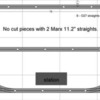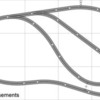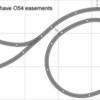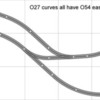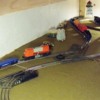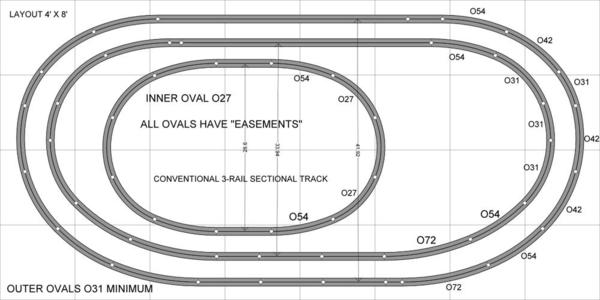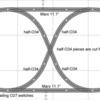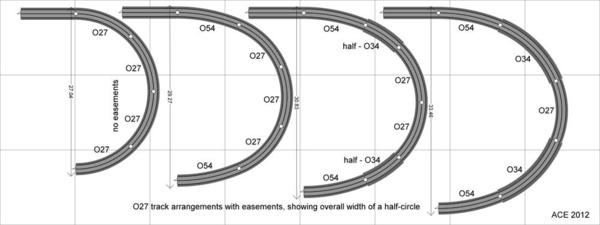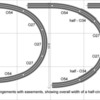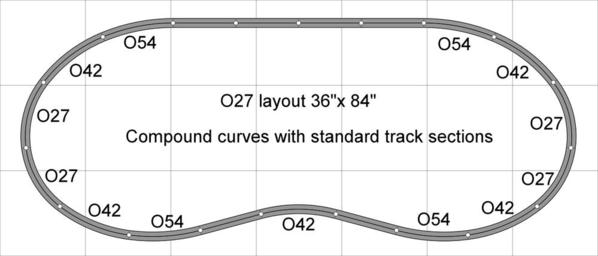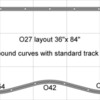Evolution of my "temporary" O27 layouts
Sub-plot: use of easements with O27 curves for better appearance and operation
I have just built a 36"x 138" table for an O27 table-top tinplate layout. This is in a friend's house where I often visit, so it is a secondary layout for me. I am kicking around ideas for different track plans and wondered if someone else might want to throw in some great ideas which I maybe haven't considered. Or maybe someone can use my ideas!
Here are my planning guidelines:
Flat table-top layout with conventional O27 track; back and ends of layout are against walls
Continuous running for one or two trains
up to three pairs of 1122 switches and a pair of manual O27 switches (I don't want this to get too complicated)
Dual reversing tracks preferred
Some disconnected "fiddle tracks" are acceptable
I have O27, O34, and O54 curves in O27 profile track and I like to use easements as much as possible
Minimum cutting of track pieces. I have some Marx 11.2" long straights besides the usual O27 pieces.
Construction is not permanent; I like the idea of being able to change tracks around if I want
I might want a separate circuit with no switches for old "fat wheel" trains
And here are some of my ideas so far:










